
An alter ego is a second-self created by the individual–usually to live out a better version of the self.
In comic books, Bruce Wayne runs his business during the day, and Peter Parker works as a photographer for the Daily Bugle. However, they each have a crime-fighting alter-ego who makes an appearance when needed. Wayne has Batman and Parker has Spider-man.
Pop artists are also known for their alter-egos. After all, apart from their talent, they’re just regular people. But when they’re on stage they need to appear to be larger than life. Many times, they do this by creating elaborate personas for themselves. Here are two examples:
- British singer and songwriter David Bowie had several alter egos, but the most famous was Ziggy Stardust—a humanoid alien. Ziggy allowed Bowie to distance himself from the boy from Beckenham and become fearless.
- A few years back, American singer and songwriter Beyoncé Knowles created an alter ego which she named Sasha Fierce. She described Sasha as being fun, sensual, glamorous, and aggressive. Beyoncé let Sasha out when she was on stage. This alter ego protected Beyoncé’s self-identify as someone who was reserved and very ladylike.
 There are many more examples of people—both real and imaginary—who have famous alter egos. But if you’re not a pop star, and you’ve never been bitten by a radioactive spider, why would you want an alter ego? The answer is that having an alter ego can help you in many ways.
There are many more examples of people—both real and imaginary—who have famous alter egos. But if you’re not a pop star, and you’ve never been bitten by a radioactive spider, why would you want an alter ego? The answer is that having an alter ego can help you in many ways.
Here are some of the benefits of having an alter ego:
- It can help you to step out of your comfort zone.
- Having an alter ego can be very empowering.
- You can channel your genius through your alter ego.
- An alter ego can give you some distance from yourself.
- Having an alter ego can make life more fun.
First we’ll take a look at these benefits one by one, and then you’ll discover how to create your alter ego.
Step Out of Your Comfort Zone
I encourage people to step out of their comfort zone on this blog all the time. Nonetheless, I know that it can be scary to leave the safety of what you know and step out into the unknown. After all, every time that you’re about to try something new, the little voice in your head—also known as your ego—begins with its whining:
- What are you doing? Stop! Why would you take any risks?
- What if you look stupid?
- What will people think?
- What if people laugh at you?
- Who do you think you are? You’re not brave/smart/strong enough to do that!
That’s when an alter ego can come to the rescue. Your alter ego can be a way for you to step out of your comfort zone. It can come to the rescue when you’re facing a new challenge which fills you with doubt or fear. Look at the following:
- The ego says: “That’s too scary. I better not do that.” The alter-ego says: “That sounds exciting! When can I get started?”
- The ego says: “But what will they say?”. The alter-ego says: “Don’t those people have anything better to do than gossip about others? Let them think what they want. Their opinions aren’t going to get in the way of my living my best life.”
- The ego says: “What if I fail?” The alter-ego says: “If I fail, at least I’ll know I gave it a shot.”
By switching from your ego to your alter-ego, you’ll be switching characters. You’ll have a window of opportunity during which you can be brave and let go of your hang-ups. Use that window of opportunity to push against your comfort zone and try something new.
Your Alter-Ego Can Empower You
Your alter-ego isn’t somebody else—it’s you. But it’s a part of you that you don’t normally allow yourself access to.
Maybe as a kid you were told that girls shouldn’t be so aggressive. Or maybe you were told that boys who took too many risks always got into trouble. Therefore, you buried those aspects of yourself so deep, you forgot they were there. But they are still there.
Look at the following quote by life coach and author Iyanla Vanzant: “There is a force within you that is ruthless, fearless, and powerful. And you have every right to tap into that force and use it to your own advantage.”
A well thought out alter ego can help you bridge the gap between where you are now and where you want to be. It can allow you to step out of the box that you’ve created for yourself and do something that’s totally out of character for you.
Your alter ego can help you get out of your own way. It can show you who you could be.
Channel Your Genius
In “Becoming A Writer”, Dorothea Brande—an American author, lecturer and magazine editor–writes the following:
“But there is no scandal and no danger in recognizing that you have more than one side to your character. The journals and letters of men of genius are full of admissions of their sense of being dual or multiple in their nature: there is always the workaday man who walks, and the genius who flies. The idea of the alter ego, the other self, or higher self, recurs wherever genius becomes conscious of its own processes, and we have testimony for it in age after age.”
As I explain in “The One-Hour-A-Day Formula”, during the day you can be an average, ordinary person: you go to a job that pays the bills, clean up around the house, and cook dinner. However, for one hour a day—in the morning before anyone else has woken up, or at night after they’ve all gone to bed—you perform your Sacred Dance.
- You play a musical instrument.
- You work on your novel.
- You learn to code so that you can build that app you can’t stop thinking about.
- You dance.
- You paint.
- You do whatever it is that you were put on this earth to do.
During that hour, you allow your alter ego to take over, and you channel your genius.
Create Distance from Yourself
Jane McGonigal, PhD, explains in her book SuperBetter: The Power of Living Gamefully that alter egos can help give us distance from ourselves. This can help us deal better with the past, the present, and the future.
In terms of the past, McGonigal explains that if you’re dealing with painful memories or traumatic experiences, you’ll experience less stress and anxiety if you tell yourself that they happened to somebody else. That is, tell yourself that they happened to your alter-ego.
This will allow you to work through the issues that arise because of the traumatic event without being overwhelmed by negative emotions.
When it comes to the present, McGonigal informs us that distancing helps willpower. As an illustration, suppose that you’re trying to cut back on pastries. Then you see a bakery while you’re running errands, and you’re tempted to go in and get yourself a donut. Do the following:
- Don’t ask, “Do I want a donut?”
- Instead, ask: “Does my alter ego want a donut?”
This works because when you think of yourself in the first person you’re more likely to get caught up in your momentary feelings and cravings.
But when you think of your alter ego you’re more likely to make good decisions on their behalf. The self-distance that you create when you think in terms of what your alter ego should do allows you to focus on the bigger picture and on your long-term goals.
Lastly, when it comes to the future, you’ll be more willing to take on challenges if you think of your alter ego taking on the challenge, instead of yourself. After all, it won’t be you having to face obstacles and risking failure. It will be your alter ego.
Make Life More Fun
Steve Kamb is the owner of the blog Nerd Fitness and author of Level Up Your Life: How to Unlock Adventure and Happiness by Becoming the Hero of Your Own Story. He explains that he loves video games and was inspired by them to gamify his life. That is, to take game elements and apply them to non-game contexts, such as exercise.
In video games, players have avatars, and avatars are basically alter egos. Therefore, as part of his gamification strategy, Kamb created a superhero alter ego.
As an example of how he would use his alter ego to make life more fun, Kamb would “turn into” his alter ego when it was time to go to the gym. Then, it wasn’t Steve going to the gym to exercise and cross one more chore off his to-do list.
Instead, it was his alter ego creating a superhero body so that he would have the strength and stamina necessary to complete missions and go on epic quests. Here’s Steve:
“By day, I’m Steve Kamb, a full-time blogger and all-around goofball who smiles way too much and spends too much time at his computer. Every afternoon though, I transform into the rebel version of myself: a Vibram-wearing, ripped t-shirt-uniformed machine of a rebel that will exercise anywhere and everywhere in a city. I wear a permanent scowl on my face. . .”
A good reason to create an alter ego is to make life more fun.
How to Create Your Alter Ego
There are six steps you can follow in order to create an alter ego. These steps are the following:
1. Determine Why You Want an Alter Ego.
What do you hope to achieve by creating an alter ego? Do you want to be more outgoing, confident, or unique? Do you want to create a persona that will get you more blog readers or YouTube subscribers? Do you need someone to stand up for you? Give your alter ego a task, purpose, or mission.
2. Figure Out Your Alter Ego’s Personality.
What kind of person does your alter ego need to be in order to achieve the goal for which it was created? How do they think? What’s their mindset? What are their thinking models? Your alter ego’s personality could even be a reflection of your ideal self—the personality that you would like to have.
3. Create a Distinct Image.
Maybe you’re a jeans and t-shirt kind of person, but your alter ego is high fashion all the way. Or maybe your alter ego only wears black, or favors hooded sweatshirts.
Does your alter ego have any mannerisms? How do they walk? What does their voice sound like? How does she wear her hair? Does he wear hats? The more details you can provide for your alter ego, the easier it will be for you to inhabit their character.
4. Pick a Name.
Try to come up with a name that is significant for you and has meaning. You can base it on the name of someone you admire, or the name of your favorite superhero. In addition, you can simply add an adjective to your name (like “the Great”), or use your own name spelled backwards.
5. Adopt a Mantra or a Call to Action.
A call to action can help you invoke your alter ego when they’re needed. In the 1970’s there was a TV show called “The Secrets of Isis”. In the series, the Egyptian goddess Isis is the alter ego of Andrea Thomas, a seemingly normal schoolteacher.
When facing a crisis, Andrea would transform into Isis by exposing an amulet –which she found during an archaeological dig– to the sun, and saying “Oh mighty Isis”. You can call on your alter ego with a similar phrase.
6. Act Like They Would Act.
You’re not just creating an alter ego to escape into a Walter Mitty fantasy world. Instead, you’re creating an alter ego to help you act in a way that will allow you to achieve your goals. Once you’ve created your alter ego, you need to ask yourself how they would act when it comes to achieving the goal that you created them for. Then, proceed to act in that way.
Conclusion
Can you see all the possibilities that will become available to you if you create an alter ego? Live your best life by creating an alter ego.













Related Posts:
Did you enjoy this article? Subscribe to “Daring to Live Fully” by clicking here and get free updates.
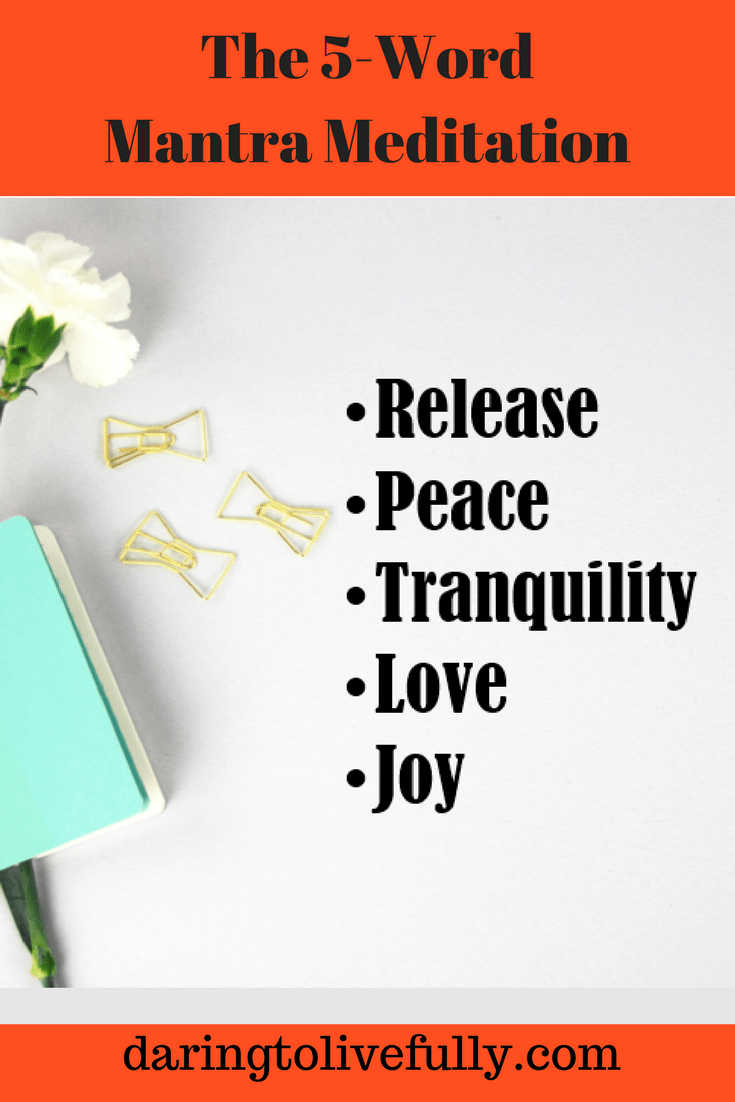
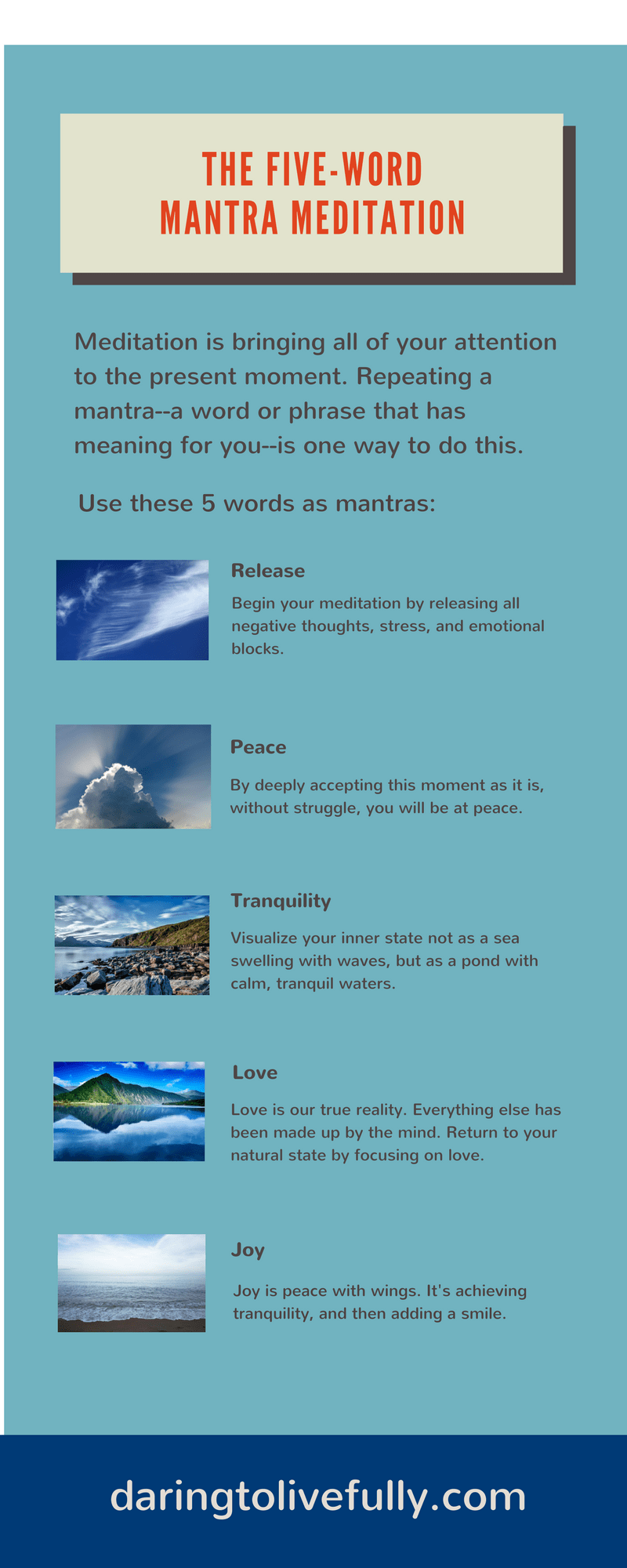









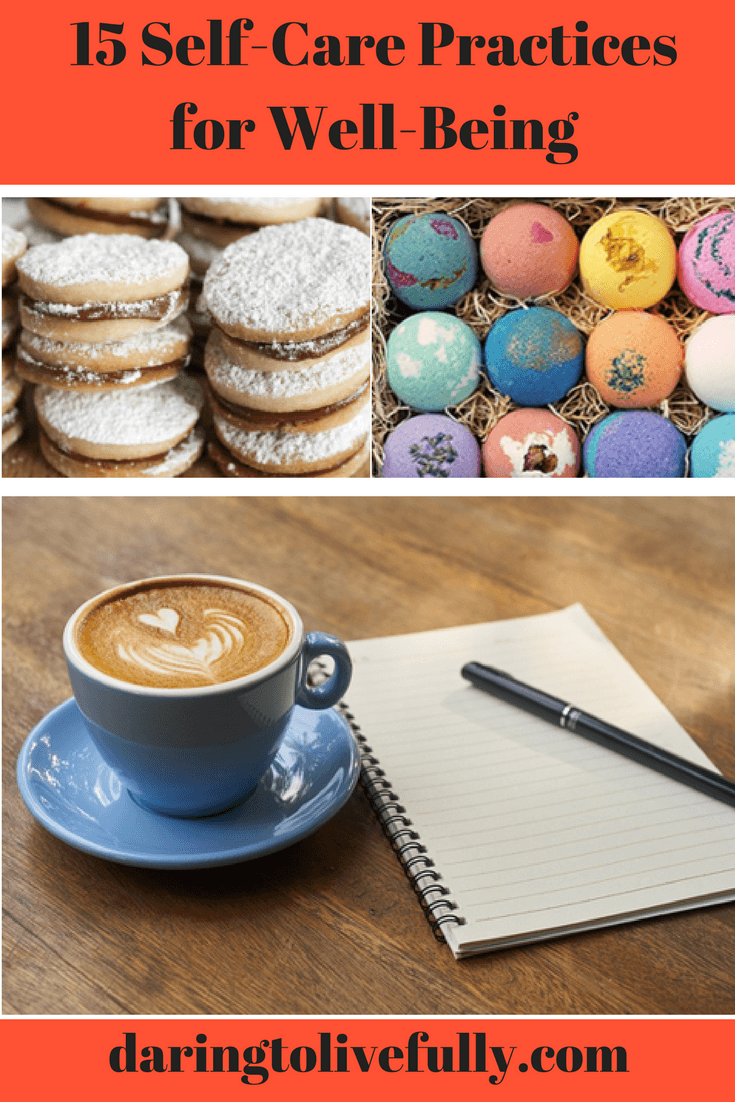

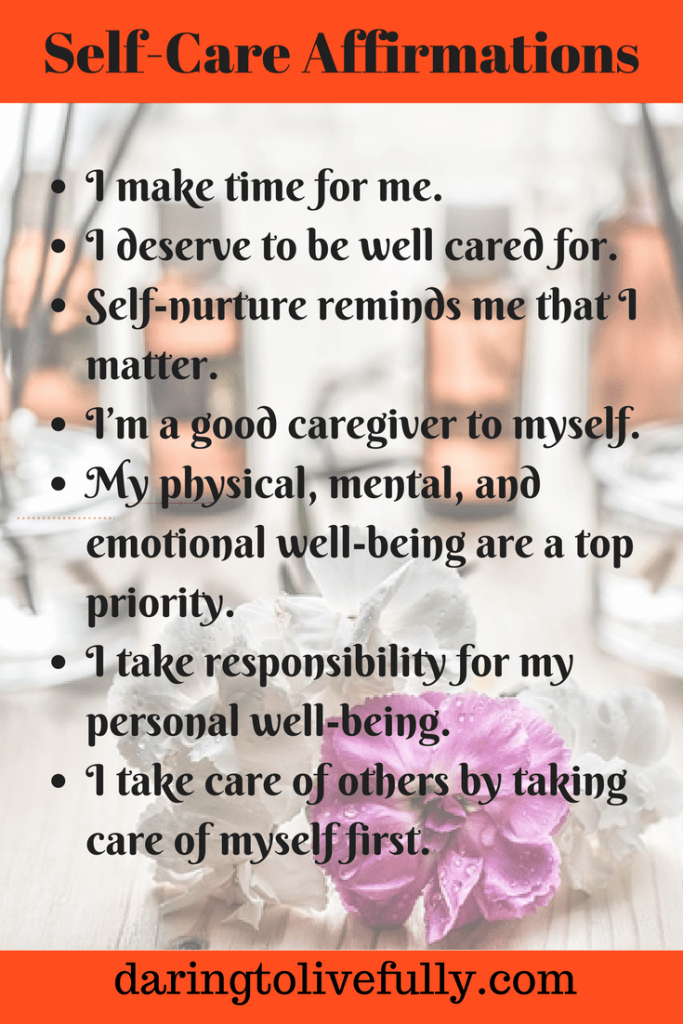



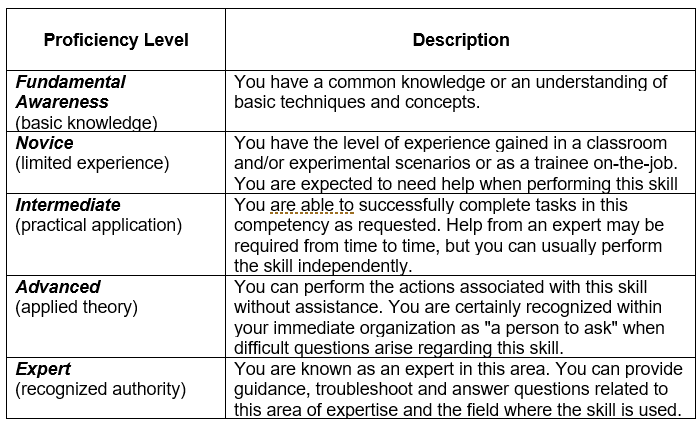
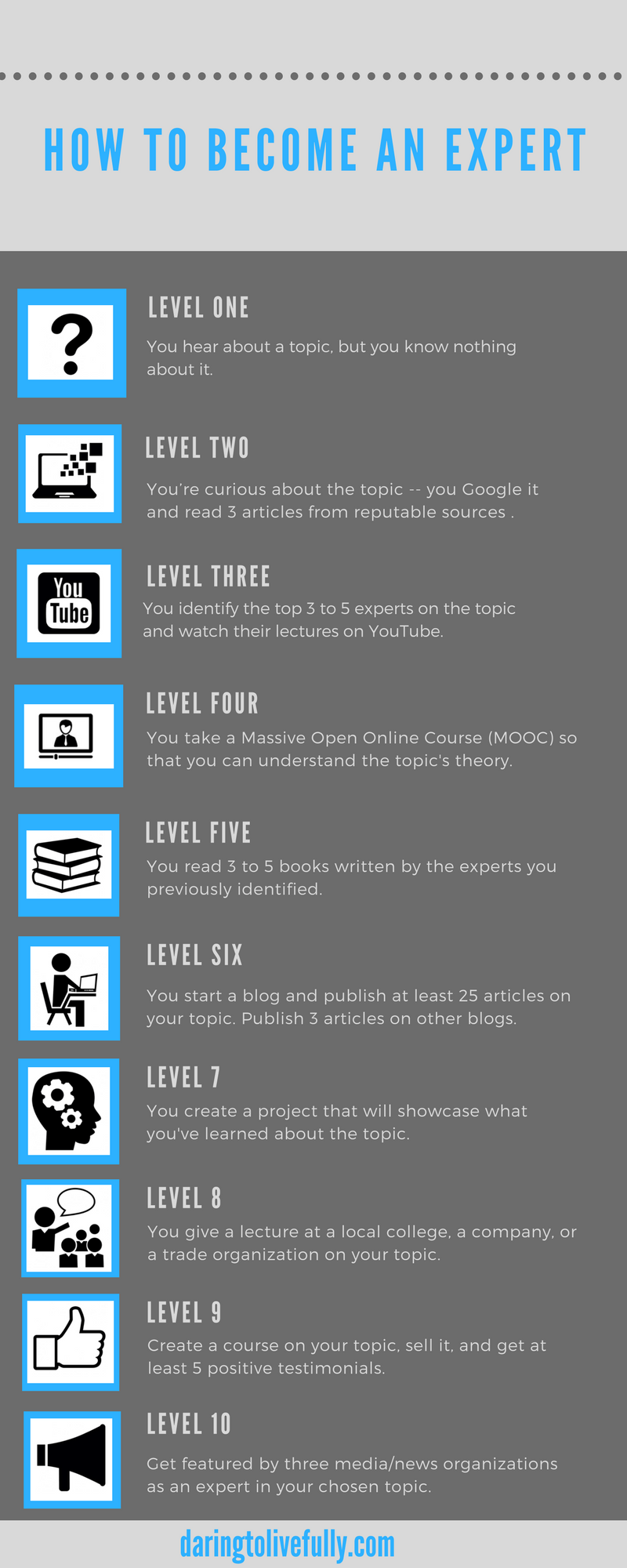
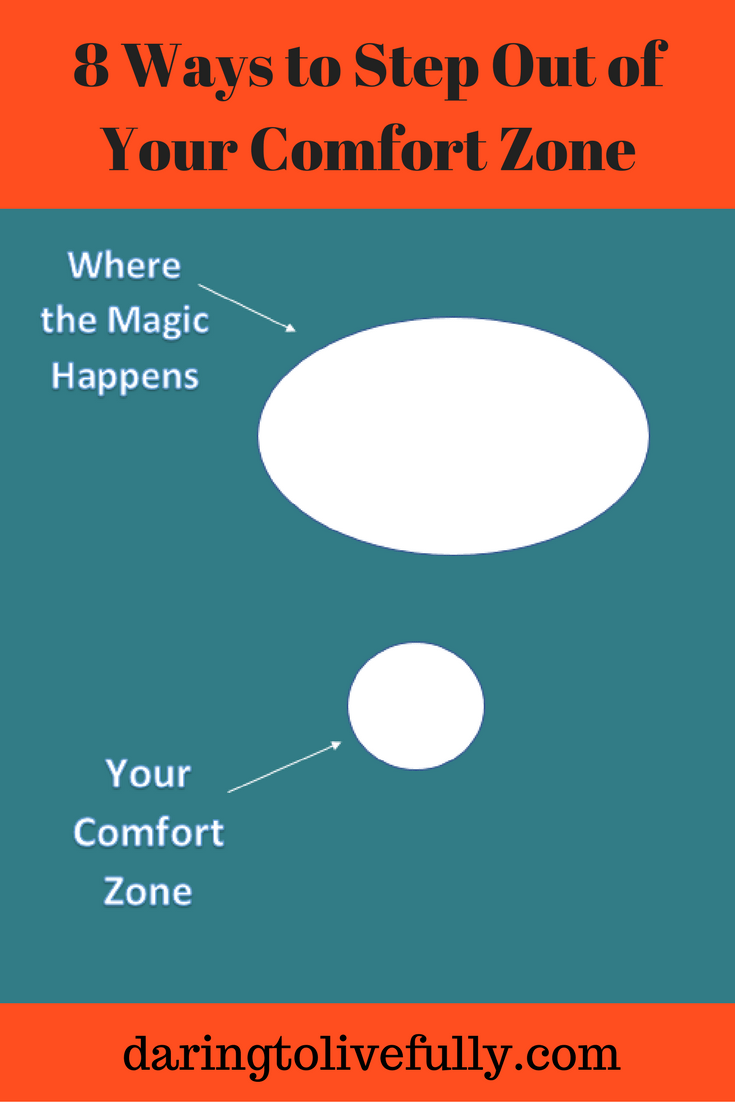






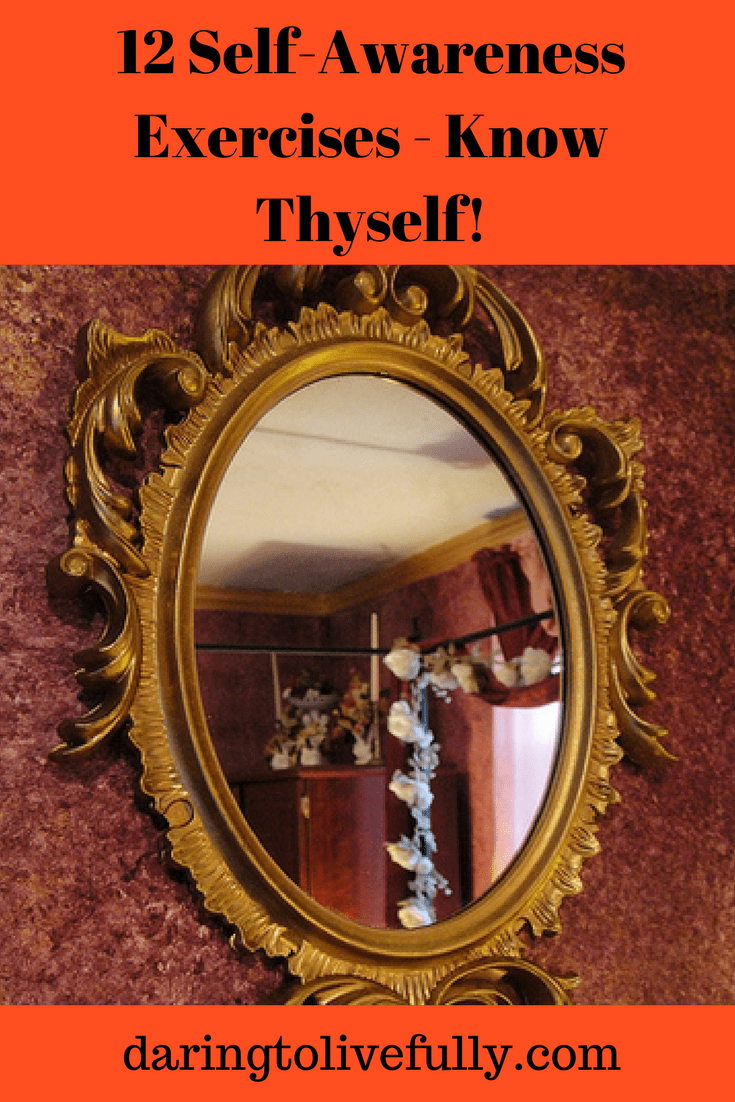
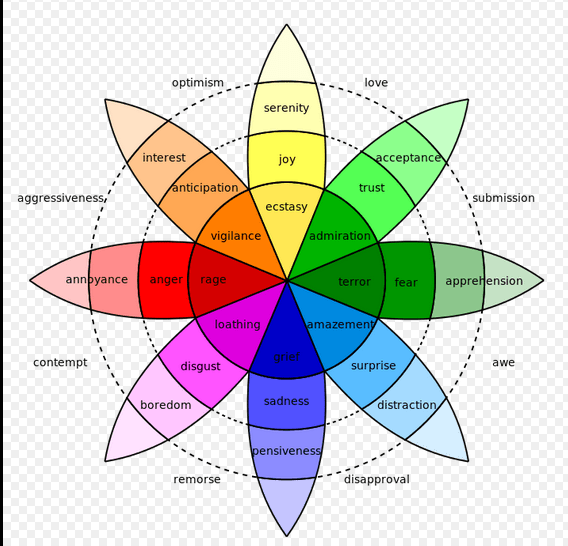


 Marelisa Fabrega is a lawyer and entrepreneur. She holds a Bachelor of Science in Business Administration from Georgetown University in Washington, D.C., as well as a Juris Doctor from the Georgetown University Law Center. You can learn more about her
Marelisa Fabrega is a lawyer and entrepreneur. She holds a Bachelor of Science in Business Administration from Georgetown University in Washington, D.C., as well as a Juris Doctor from the Georgetown University Law Center. You can learn more about her 





